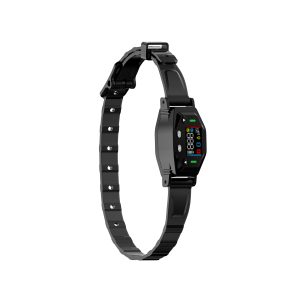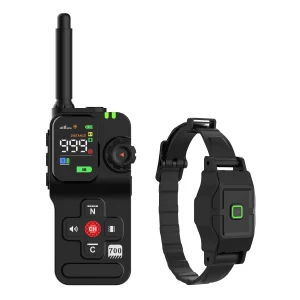How to Test the Effectiveness of a Pet Safe Bark Collar: Vibration Bark Control
In the realm of training pets for better behavior, bark collars have become a popular option. Specifically, vibration bark control collars offer a humane and effective method to correct excessive barking in dogs. However, determining the efficiency of these collars is crucial to ensure their effectiveness. Here’s a detailed guide on how to properly test a pet safe bark collar using vibration bark control:
Understanding Vibration Bark Control Technology
Vibration bark collars are designed to detect when your dog barks excessively and deliver a non-harmful vibration as a form of correction. This vibration distracts the dog from barking without causing any pain or distress. The technology aims to train your pet to associate excessive barking with an undesirable sensation.
Steps to Test a Pet Safe Bark Collar
1. Proper Fit and Adjustment: Before testing the collar, ensure it fits your dog comfortably. The collar should be snug but not too tight. Adjust the sensitivity level based on your dog’s size and bark intensity.
2. Trigger the Collar: Simulate barking behavior in a controlled environment to trigger the collar. Monitor how the collar responds to the simulated barking.
3. Observe Behavioral Changes: After the vibration is triggered, observe your dog’s behavior. Look for signs of recognition or distraction that indicate they are associating barking with the vibration.
4. Repeat Test: Conduct multiple tests over several days to assess consistency in the collar’s effectiveness. Note any improvements or changes in behavior.
Benefits of Vibration Bark Control
Vibration bark collars offer several advantages over traditional methods of bark control, such as citronella or shock collars. They are non-invasive, safe, and do not cause discomfort to your pet. Additionally, the training process is more humane and gradual, leading to long-term behavior modification.
Common Misconceptions About Bark Collars
There are misconceptions surrounding the use of bark collars. Some believe they are cruel or harmful to pets. However, when used correctly and responsibly, vibration bark collars can be an effective tool in training and behavior correction.
Wrapping Up
Testing the effectiveness of a pet safe bark collar, particularly one using vibration bark control, is essential to ensure its impact on your pet’s behavior. By following proper testing methods and observing your pet’s response, you can determine whether the collar is suitable for training purposes.
Remember, consistency and patience are key when using any training tool, including bark collars. With proper testing and training, you can help your pet learn to control their barking habits effectively and humanely.




